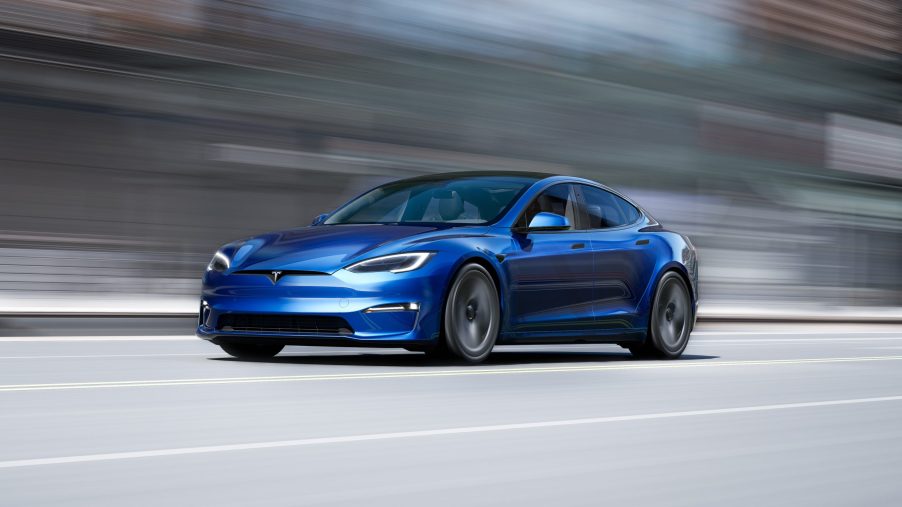
These Are the 6 Most Influential American Cars Ever Made
Most mass-production cars today are largely the same. They follow the same design principles and feature much of the same technology. Occasionally, a car comes along that changes the game and revolutionizes the auto industry. It may bring innovative technology, packaging, features, or design that makes the entire industry sit up and take notice.
Many cars have had a massive influence on the automotive industry, so we will split them into groups based on their region of origin. Today, we look at the six most influential American cars.
The Ford Model T – 1907
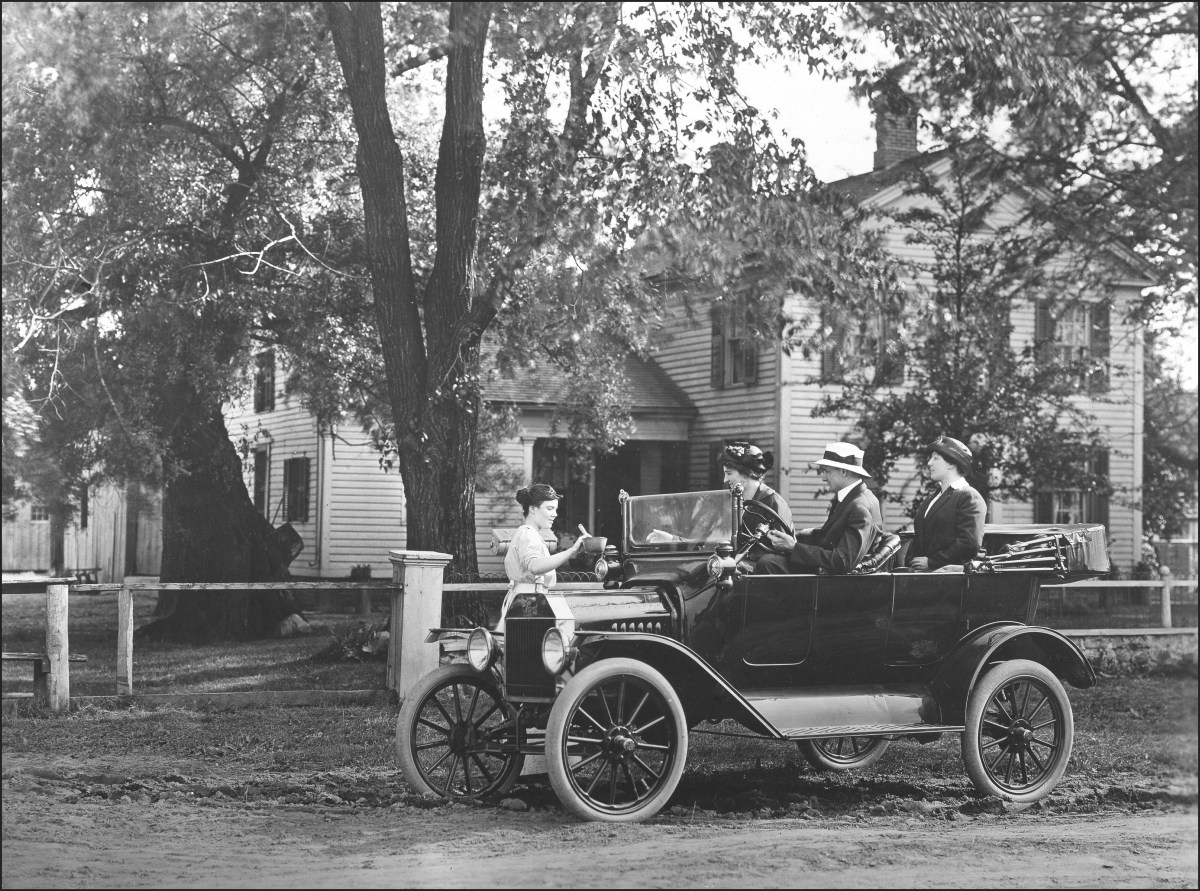
The Ford Model T isn’t a particularly innovative car. It didn’t bring new technology to the industry or revolutionize car design. What it did do, was perhaps far more important.
The assembly of the Model T completely changed the entire automobile industry. The introduction of the moving assembly line at Ford Motor Company meant that the construction of the Model T was faster and cheaper than any other car. This made the car affordable to vast numbers of people. At one point, more than 50% of the vehicles on the road in America were Model Ts.
The Chrysler Airflow – 1934
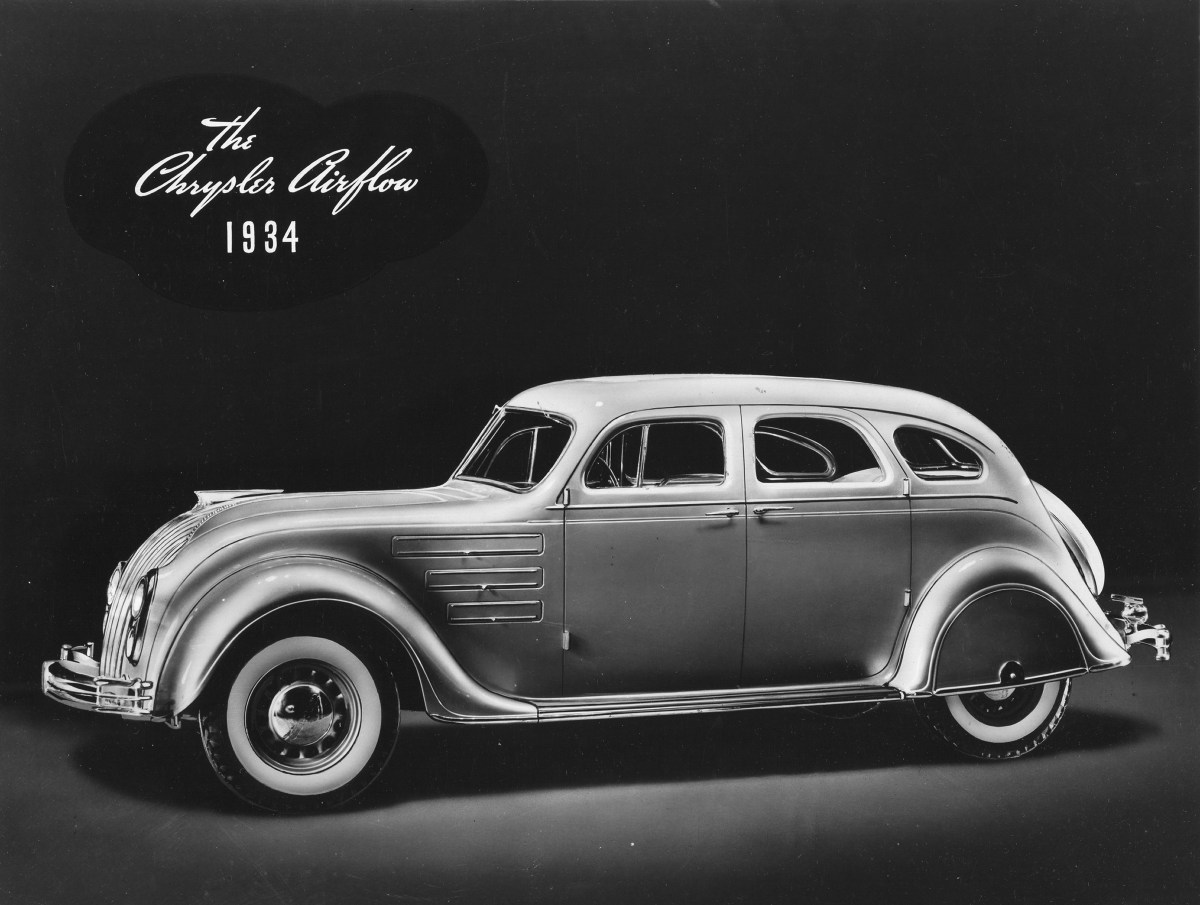
In 1934, engineers knew of aerodynamic principles that applied to airplanes. However, it was revolutionary to incorporate those principles into road vehicles.
The designers at Chrysler were the first to truly understand that if you want to make a car as efficient as possible, it has to cut a smooth path through the air. The 1934 Chrysler Airflow was a sales flop, but within a decade of its introduction, all cars used the same design principles to make vehicles more efficient.
The Oldsmobile “Rocket” 88 – 1949
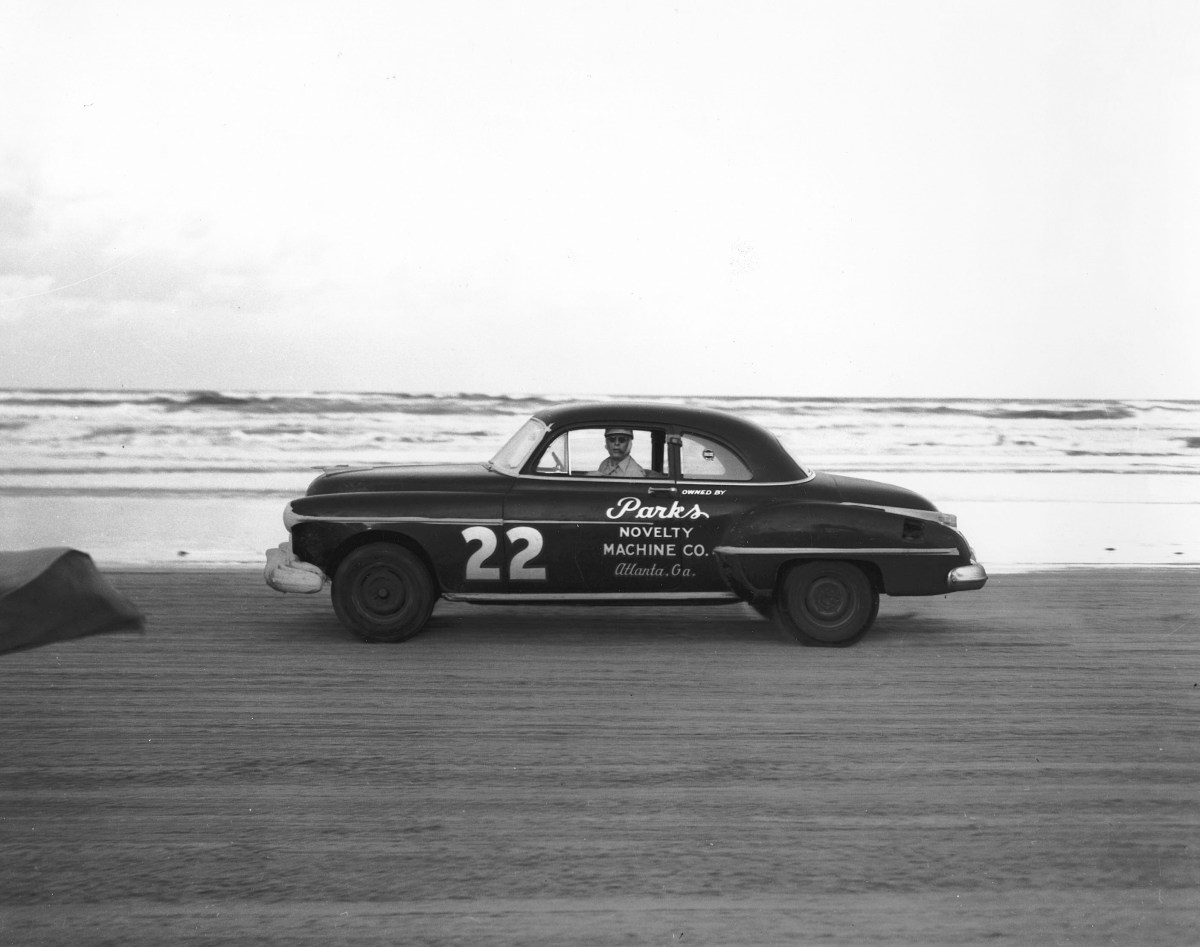
In 1949 Oldsmobile introduced the 88. It combined a comparatively light body with the “Rocket” V8 engine. Savvy buyers quickly realized that you could purchase a stripped-down version of the car with the powerful V8 engine.
The combination of a lightweight body and a powerful V8 set the formula for the muscle car. The Olds 88 became an early favorite in NASCAR and road racing.
The Ford Mustang – 1964
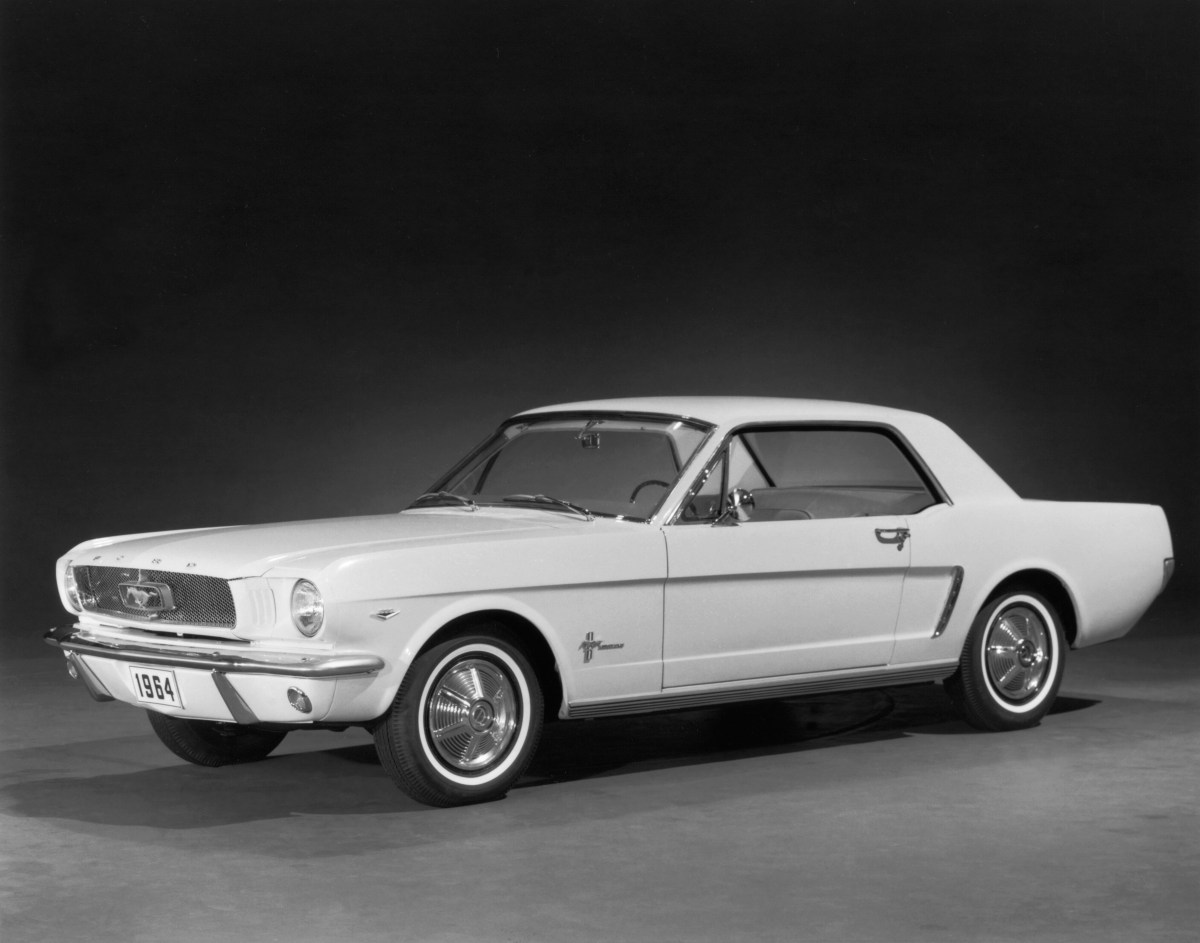
The Ford Mustang’s formula was simple, an affordable sports car that could be optioned and customized for any taste, budget, or level of performance. It became the fastest-selling car in history when it went on sale, spurring other manufacturers to create their own pony cars.
The Mustang is now the best-selling sports car in the world and continues to offer the same level of customization that it did when it debuted in 1964.
The Dodge Caravan/Plymouth Voyager – 1983
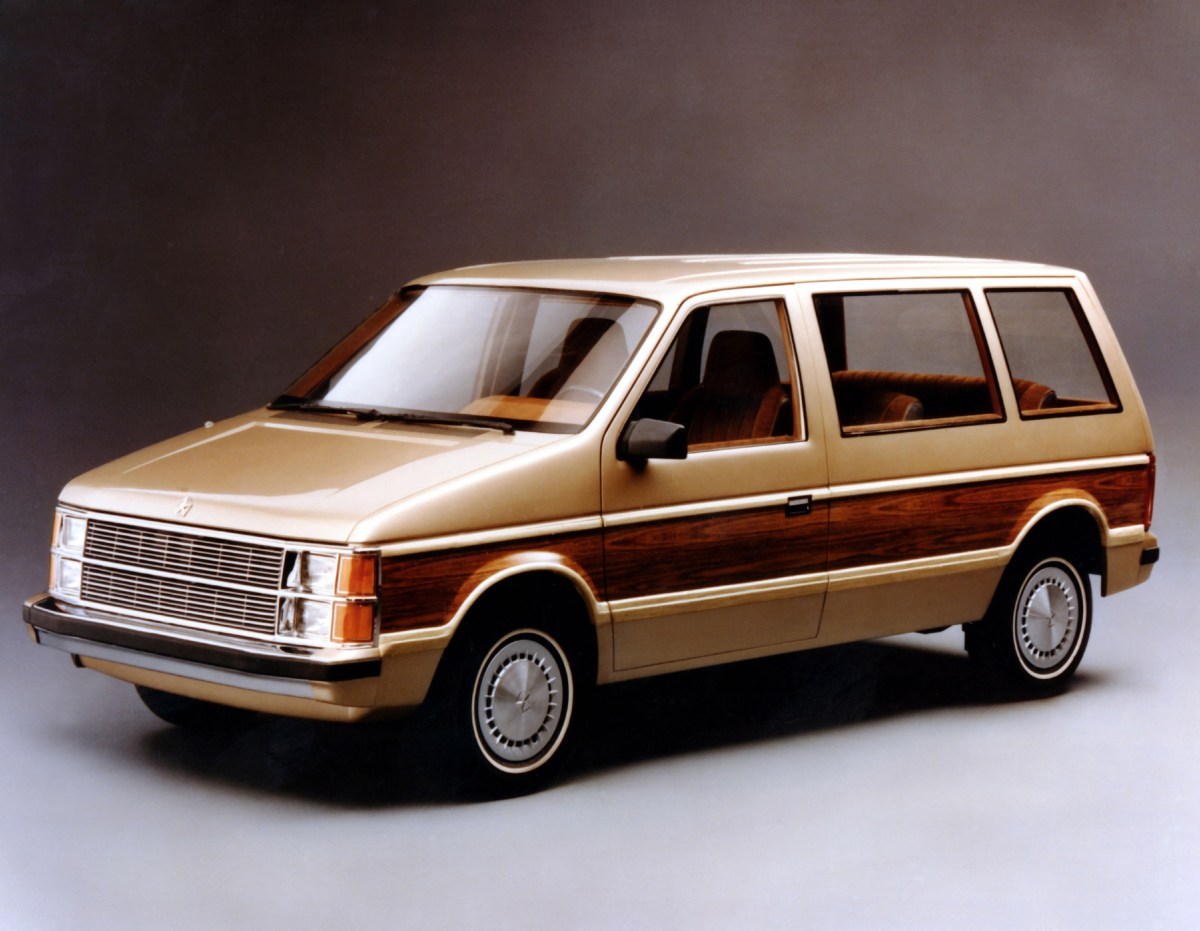
In 1983, Dodge and Plymouth changed the family-hauler game forever. They produced a modestly sized van that held seven passengers and had a completely transformable interior.
The minivan quickly replaced the station wagon as the family hauler of choice and became wildly popular in the United States and Europe. Its versatility made it supremely usable, and its small size, compared to full-size vans, made it easy to traverse suburbia and city centers.
The Tesla Model S – 2012
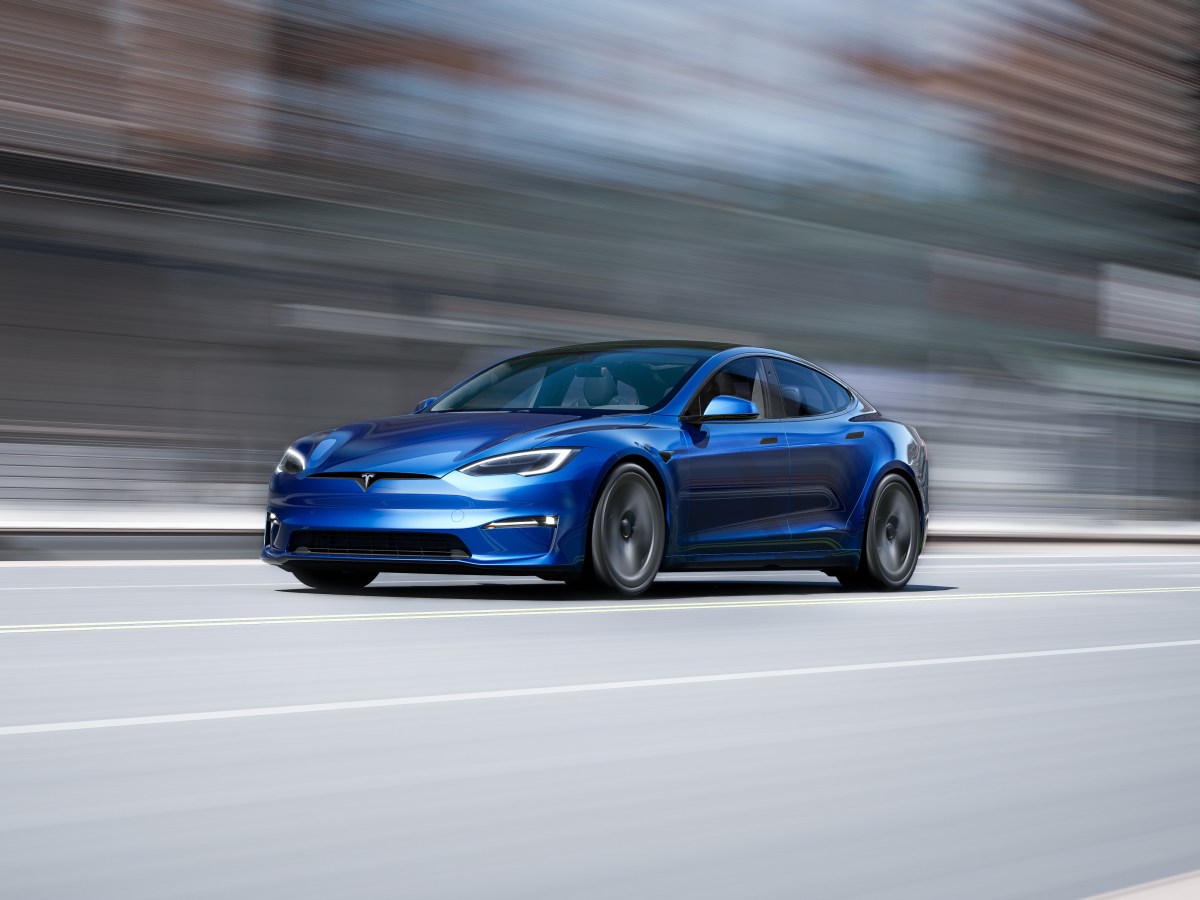
Tesla was founded in 2003 and produced its first car, the Roadster, in 2005. However, it wasn’t until 2012, and the introduction of the Model S, that the world sat up and took notice of the California-based company.
The Model S combined luxury features and supercar performance. A respectable range meant that it could be used every day and innovative technology meant it wasn’t quickly outdated. So significant is this car that it triggered manufacturers to embark on their own EV projects. Nearly every new EV that debuts targets Tesla as its primary competition. 10 years after its introduction, many manufacturers are still playing catch-up to the Model S.
Many American cars have influenced the automotive industry, but few have had as significant an impact as the six listed above. Despite being 10 years old, the Tesla Model S is still the EV benchmark, and the Ford Mustang continues to be the best-selling sports car in the world 58 years after its introduction.
We may not be able to predict the next game-changing automobile, but we can look back at some that did. These six American cars deserve their place in history for what they accomplished in the automotive industry.


